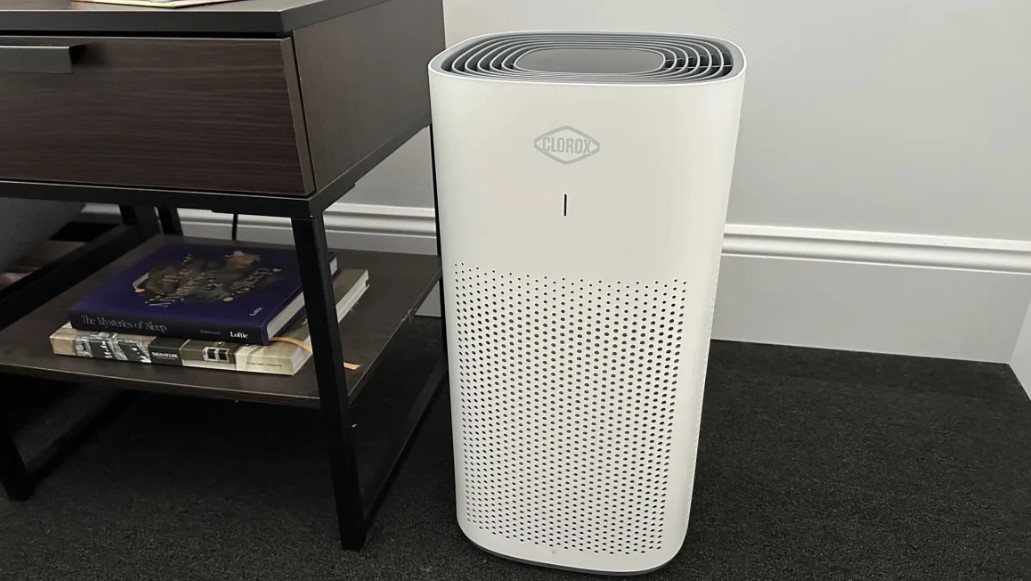How To Make A Homemade Air Purifier
Homemade air purifiers have gained popularity as a cost-effective alternative to branded air purifiers. This type of air purifier involves combining daily materials and basic scientific principles to craft a budget-friendly solution that effectively eliminates airborne pollutants. Making this DIY device will not only enhance air quality but will also give you greater control over the environment.
People often wonder if these DIY air purifiers are as effective as their store-bought models. In this article, we will discuss the effectiveness of homemade air purifiers in air purification, as well as how to make one yourself.
Do Homemade Air Purifiers Actually Work?

While homemade air purifiers can provide some level of air filtration, their efficiency varies based on factors such as the quality of materials used, the setup design, and the initial air quality. One of the key components of homemade air purifiers is the HEPA filter, known for its ability to capture particles as small as 0.3 microns. However, the effectiveness of a HEPA filter depends on its design and the strength of the fan to circulate air.
How to Make a Homemade Air Purifier
Creating your homemade air purifier is a DIY project that requires only a few components and basic tools. Follow these steps to make your own air purifier:
Step 1: Buy a fan
Choose a fan that is appropriately sized for the room you intend to purify. A fan with a flat front or back helps circulate the air through the HEPA filter, allowing it to capture airborne particles effectively. Look for fans with a recessed motor unit if you prefer flat fronts. Box fans are another excellent option to consider.
Step 2: Buy a HEPA filter

To make a homemade air purifier, you will also need a filter that matches the size of your fan. This filter should be attached to the back of the fan. It is a great idea to invest in a high-quality HEPA filter as these filters are designed to capture dust, allergens, pet dander, and other particles from the air. As a result, they prevent ultrafine pollutants from getting recirculated into the air we breathe.
Step 3: Prepare the box fan
You can place the fan on a stable surface near an electrical socket. Make sure there is enough space for proper air circulation around the fan. If your fan has a front grill or protective cover, remove it to expose the blades.
Step 4: Secure the filter

Next, you should attach the HEPA filter to the front of the fan where the blades are exposed. You can do this by using simple tools such as duct tape or zip ties. Ensure a tight fit to prevent air from bypassing the filter.
Step 5: Enjoy your homemade air purifier
Finally, you can plug in the box fan and turn it on to start the air purification process. The fan will draw air in through the HEPA filter, capturing particles and improving the air quality within the room. The air purifier should be placed in an area with poor air circulation or where pollutants are most concentrated.
Step 6: Regular maintenance
You should check the HEPA filter regularly and replace it as needed. Depending on the air quality and usage, the filter might need replacement every few months.
When to Buy an Air Purifier for Your Living Space

If you need an air purifier but are also on a budget, making your homemade air purifier to enhance indoor air quality might be more beneficial than not having one at all. However, keep in mind that homemade purifiers may not have the same level of engineering and optimization as commercial models, potentially leading to decreased performance.
There are instances when investing in a commercial air purifier might be more suitable. Here are some scenarios to consider:
- Severe allergies or asthma: If you or someone in your family suffers from severe allergies or asthma, an air purifier with HEPA and additional filtration layers can significantly reduce allergens and irritants.
- High pollution levels: If you live in an area with high outdoor pollution levels, an air purifier designed to tackle pollutants such as volatile organic compounds (VOCs) and PM2.5 might be necessary.
- Pet dander and odors: Professional air purifiers with activated carbon filters are effective at capturing pet dander and odors, making them ideal for pet owners.
- Large living spaces: For larger rooms or open-concept spaces, an air purifier with a higher Clean Air Delivery Rate (CADR) and wider coverage area can provide better air circulation and purification.
- Smart features: Some branded air purifiers also come with smart features, such as air quality monitoring, remote control, and smartphone integration, allowing you to conveniently monitor the air purification process.
Bottom Line
Homemade air purifiers provide a basic level of air filtration when built properly with high-quality components. While these units may not offer the same level of performance as professional models, they can be a budget-friendly option for improving indoor air quality. If you are looking for a more robust solution, especially for those with respiratory issues or allergies, considering a commercial air purifier with proven performance might be a better choice.
Related Articles